In the latest instalment of his series charting the men who made Liverpool, Jeff Goulding profiles a figure often forgotten in the club’s history, David Ashworth.
In the modern history of Liverpool Football Club we are blessed with so many great legends and heroes.
Equally though, there are men who achieved great things with the club but who will never be regarded with the same affection as others, usually because they left Anfield for pastures new while still at their peak.
This is true of men like Kevin Keegan, Steve McManaman and, of course, Michael Owen. All of them were players blessed with supreme talent and won silverware with the club, but thought the grass elsewhere was greener than in L4.
Perhaps, then, this is why one pre-war manager of Liverpool has faded into obscurity, despite masterminding back-to-back league titles and assembling one of the greatest Liverpool teams of all time. That man is David George Ashworth, and this is his story.
Ashworth was born in Blackpool in 1867 and appears to have spent his entire life in the north-west of England. However, the task of piecing together his formative years is far from a simple one. He was apparently the son of publicans in the Poulton le Fylde area, but appears to have moved to live with his grandmother at some point, to Newchurch, Rossendale.
Unofficial Liverpool FC historian Kieran Smith suggests there are possibly a few “intriguing stories to be unearthed,” in terms of David’s family life and that these may in part explain one of the most astonishing and controversial decisions in football history. But more on that later.
What we can say with confidence is that this lad from the north of England would meet and fall in love with Annie Whittaker, a woman from nearby Waterfoot, on May 30, 1891. The couple would have a daughter and settle in Oldham. David developed a strong interest in association football and was enlisted as a referee in the early years of the 20th century.
According to a report in the Sheffield Daily Telegraph on August 6, 1904, he was even listed to referee a season opener between Liverpool and Burton United on September 1 1904. The Reds would triumph 2-0 thanks to two first-half goals from Bobby Robinson.
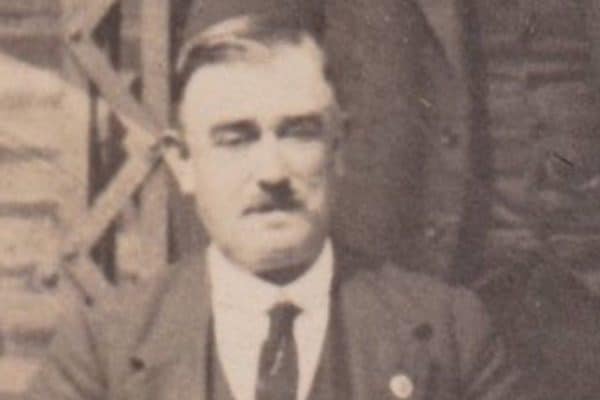
His clear knowledge of the game and experience as referee may have helped him secure the job as manager and secretary at Oldham Athletic in 1906. The club, who had previously gone by the name of Pine Villa FC until 1899, had just won election to the Football League, and Ashworth would become their first league manager. He would spend eight very successful years at the club, and his family set up home in the town. Research by Kieran Smith reveals that the 1911 Census has him and his wife living at 45 Mitchell Street, Oldham.
Ashworth led his newly promoted team to the First Division at the end of the 1909/10 season. It appears that he oversaw something of a boom time for the club, with one local report dated August 29, 1910, cited on playupliverpool.com, eulogising:
“Oldham Athletic’s promotion to the First Division will naturally increase the interest in their performances. They have a well-balanced team, and it is quite evident that they mean to leave no stone unturned in their efforts to retain the position they have won.
“The players are confident of being able to give a good account of themselves and, remembering their wonderful performances in the latter half of the season, one is inclined to think this confidence amply justified.
“That the club will receive greater public support than formerly is certain, and in view of this, the ground has been improved, and will now hold comfortably 45,000 spectators. The bottom bank has been raised, the stands renovated, and the dressing accommodation considerably extended.”
David would now have been attracting attention from other top clubs, and Liverpool would have already been aware of his talents, which included recruitment and organisation. Oldham would finish a creditable seventh during their first season in the top tier and even managed to beat Tom Watson’s Liverpool 3-1 at Boundary Park on December 3, 1910. His fortunes would fluctuate, narrowly avoiding relegation in 1912, rising to ninth place in 1913 and finishing a decent fourth in 1914. By now, Ashworth was ready to move on though.
He would join Stockport in 1914 just before the outbreak of World War I, and there he would stay until the cessation of hostilities. According to the Manchester Evening News, in an article dated October 1 1914, he would form part of a sub-committee of managers responsible for organising military training for footballers.
Interestingly, Liverpool and Everton did not participate in this scheme as they were said to have organised their own, with the Anfield club even erecting a rifle range to allow players target practice.
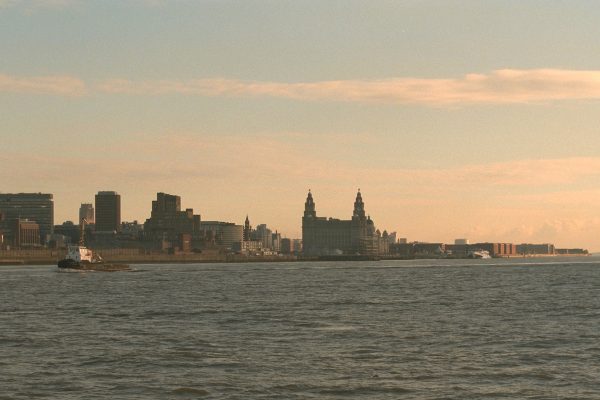
During the war, football would continue with many unofficial games and regional tournaments organised. One such match in the Lancashire Section Principle Tournament, played on October 9, 1915, saw Liverpool once more pitched against a David Ashworth side, this time it would be Stockport. The Liverpool Echo featured this preview on October 8th 1915:
“We recall Liverpool beating Stockport 3-0 in a cup tie recently; we remember the ‘Snow Saturday’ – who can say offhand the date of that vile day? It was on January 11, 1913, and vividly the minds tell us afresh that Stockport that day surprised everyone by their ability to plough through the snow-slushed ground.
“This season, however, Stockport, under the ‘cute guide of Davie Ashworth – the man who made Oldham at cheap rates of payment – have been creating surprise and, as stated earlier in the week, have done so well that a lying rumour has been connected with the old club’s name.
“They have beaten Rochdale 2-0 and Preston 5-0, beat Stoke and, better still, drew at Burnley. That is sufficient recommendation for Anfield followers. They’ll go to Liverpool’s match tomorrow in thousands to see this new-framed and clever side.
“The start, take note, Mr. Spectator – is still at 3.30pm, and the band of the 8th Irish Regiment will wile away the time of your waiting on the Kop or elsewhere.”
Liverpool would prevail by two goals to one, but this summary illustrates that Ashworth was highly regarded in the game and his achievements at Oldham were respected. However, it is the familiar use of “Davie” that catches the eye, suggesting he was a popular and engaging figure.
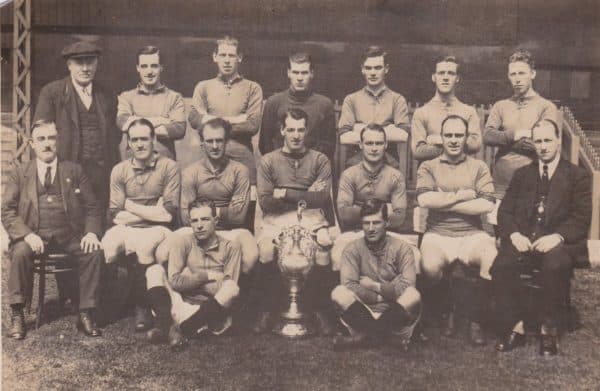
Anfield had definitely noticed, and with the war over and Liverpool’s George Patterson now returning to the boardroom, Ashworth would be persuaded to become the Reds’ manager. The Liverpool Echo reported it as something of a coup, on December 17, 1919.
“Mr. David Ashworth, secretary and manager of the Stockport County Football Club, has accepted the offer of team’s manager to the Liverpool FC.
“At a meeting of the directors of the Stockport club, held last night, Mr. Ashworth’s resignation was received with profound regret.
“Mr. Ashworth, who is a well-known and highly-respected figure in the football world, has during his several years’ connection with the County rendered valuable work. Previously Mr. Ashworth was with Oldham Athletic.”
Another report in the Hull Daily Mail, dated December 18, 1919, heralded his arrival at Anfield with this:
“The secretary and manager of the Stockport County Football Club, Mr. David Ashworth, has accepted an appointment with the Liverpool club.
“Mr. Ashworth is well known in the football world, and has been with Stockport County for six years. Previous to taking over the position at Edgeley Park, he was for eight years in charge of Oldham Athletic. During his stay there the Athletic rose from the Lancashire Combination to the Second League, and to the First League.”
According to this report, Ashworth was yet to take up the role officially and would not commence his duties for another week. The 1919/20 season, the first following the resumption of the game after the war years, was already 18 games in and the Reds were languishing in 18th place. Perhaps this was an early example of Ashworth’s penchant for a ‘project’, to use a modern term, or a ‘lost cause’, to coin an older phrase.
His first game in charge would be a goalless draw against Everton at Goodison Park. Despite going down to 10 men in the 78th minute, thanks to an injury to Harry Chambers, Ashworth’s charges held on for a point. The Liverpool Daily Post and Mercury match report suggested an instant improvement under the stewardship of Ashworth:
“Liverpool were a well-balanced side, and their display was a great improvement upon any of their previous games.
“The defence was rarely in difficulties and Longworth was vigorous and confident. Of the half-backs, no one did better than Bromilow. Pearson and Lewis did not blend well, Lacey and Sheldon being easily the better wing.
“The Everton defence was not really so certain as the Liverpool rear division, and the half-backs were often overwhelmed by the swift movements of the Liverpool forwards.
“The Everton attack had very little sting in it. Kirsopp was a poor leader, Jones and Chedgzoy were badly paired, and Clennell and Harrison were easily subdued.”
This reference to Ashworth’s teams being well-balanced was not new, and it would become a hallmark of his Liverpool team in the years to come. By the end of the season, he had dragged the Reds from the relegation zone to fifth place. The stage was now set for one of the most glorious periods in the club’s early history.
The board of Liverpool Football Club were utterly delighted with their appointment and it seemed the respect was mutual. A Liverpool Echo report of a club annual general meeting, printed on June 24, 1920 stated: “The chairman eulogised the services of their new manager, Mr. David Ashworth, who, in reply, said he knew no better board of directors and no more loyal players.”
Their faith was well placed it seemed. ‘Davie’ would repeat his fourth-placed finish in the 1920/21 season before elevating the club to ‘Untouchable’ status the following year.
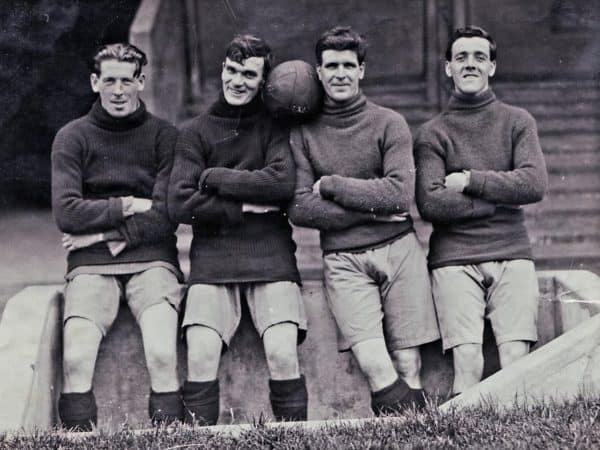
The basis of his squad had all come together at the end of the war, with the likes of Wadsworth, Bromilow, Scott, Chambers, McNab, Lacey and others already at the club when he arrived. His early dealings in the transfer market season seemed more about moving on men who had reached the end of the road, players like Bob Pursell and Tom Miller.
Certainly, none of the players he signed in this first full season made any real impact on the seasons that followed. Though it is worth noting that recruitment wouldn’t have been the sole responsibility of the manager or even his job at all back then. Again his talents seemed to lie more in organisation, tactics and motivation.
The 1921/22 season would see all of these attributes bear fruit in spectacular fashion. Liverpool would take the First Division by storm, finishing six points clear of their nearest rivals, Tottenham, and winning 22 of their 42 games. The capture of left-winger Fred Hopkin from Manchester United for £2,800 proved something of a masterstroke for the club, with Hopkin an ever-present during the championship-winning season. In all he made 360 appearances for Liverpool, notching 12 goals.
Liverpool’s first title in 16 years was secured with three games to spare, at Anfield with a 2-1 win over the previous champions, Burnley, on April 17, 1922. Goals from Harry Chambers and Dick Forshaw clinched the title, with Liverpool seven points clear of Tottenham. This was a genuine team of hardworking and intelligent and skilful players, who fought for Ashworth in every game. The Athletic News wrote this, under the title ‘Hail the Champions’, on April 24, 1922:
“This is the third time since this century dawned that Liverpool have been league champions, as they gained this distinction in 1900/01 and in 1905/06, but it is doubtful if they ever had such an evenly balanced and consistent set of players as at present.
“Necessarily the figures are incomplete, but we anticipate that their achievement will bear analysis and comparison with their performances in those years. We congratulate them on their triumph, on their team spirit, on their unity fore and aft, on the armour-plate character of their defence, and on the cleanliness of their style.”
Liverpool’s success was built on a solid defence, with ‘keeper Elisha Scott achieving 17 shutouts. Only four sides managed more than a single goal against them. The team would lose just one game all season, and that only occurred because Liverpool had lost a number of players to an international match between England and Scotland. The Athletic News explains:
“The one league match lost at Anfield was the penalty of success. On March 18, Bolton Wanderers mastered the champions by 2-0, but Lucas, Bromilow, and Chambers were helping the league to smite the Scottish league, and Mackinlay was injured near the interval. Liverpool were entitled to sympathy, and they proved that the form was false when they visited Bolton a week later.”
If the team were virtually impregnable at the back, then they were magnificent up front too. However, the press were unanimous in declaring that it was their balance and unity on the pitch that paved the way to glory:
“No team ever embodied all the talents and all the virtues, in spite of ear-haunting phrases of the past. The success of Liverpool is primarily due to the way the men have blended, have combined to help each other, and have been a happy family.
“It is the old, old story of the bundle of twigs. Their strength has been unity. Eleven of the men who have co-operated have shared in the honours which national associations and the league can bestow, and seven of them in international matches this season.
“The team manager, David Ashworth, has every reason to be proud of the 22 men who have worn the club’s red jersey. He has helped them with the fruits of his experience, and they have responded to is advice. Mr. Ashworth has followed up his good work as a referee with much success in club life.”
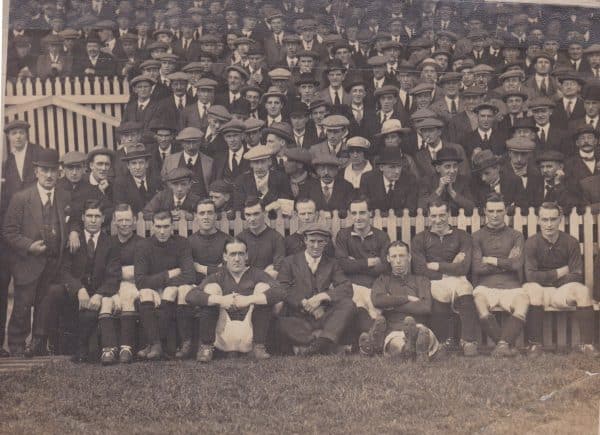
Clearly Ashworth deserves much credit for the way his team gelled together in such a short period of time, and for their spirit on the field of play. He was clearly a remarkable manager. And observers also noticed that his achievements had been wrought without spending vast sums of money and relying on local talent. In truth, the club had not been in a position to splash the cash and their only notable capture had been that of Fred Hopkin from Manchester United for £2,500.
It seemed Liverpool were in rude health as they entered the 1922/23 season. They immediately picked up where they left off and raced to the top of the table. By December 16, 1922, they sat a point clear of Sunderland in first place, having dispatched Nottingham Forest in a 2-1 victory at Anfield in front of a crowd of 25,000. However, rumours of a shock exit were beginning to circulate.
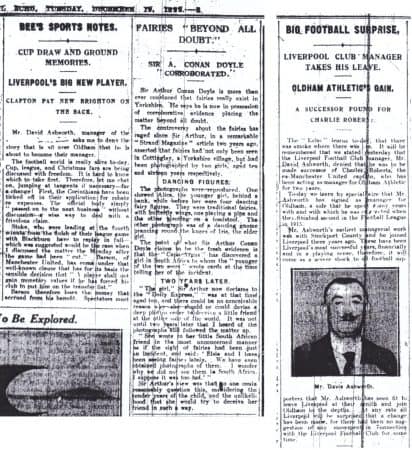
(Photo courtesy of LFCHistory.net)
Confusion seemed to have reigned, and one perplexing issue of the Liverpool Echo, published on December 19, 1922 and cited in LFChistory.net, seemed to be hedging its bets somewhat. On the same page were two separate articles, with one running a denial by Ashworth that he was leaving Liverpool, and the other that he had already taken the job at Oldham Athletic, who were battling relegation. Given the same page also contained an article claiming that Arthur Conan Doyle had proven beyond doubt the existence of fairies, perhaps readers would have taken David’s denial with a pinch of salt anyway.
This would have been truly shocking news and there appears to be little explanation for this decision. Historian Kieran Smith says: “It has variously been thought that Ashworth’s loyalty to Oldham and affection for the town played a part in his departure, or that his wife and child who lived there were ill and that was why he returned home. However, I am yet to find any documentary evidence to support these theories.”
The Athletic News, in their Christmas Day 1922 edition, captured the shock at the time, writing:
“Some surprise has been created by the announcement that David Ashworth, the team manager of Liverpool, resigned that post and is about to return to Oldham Athletic. We say return, because when David Ashworth gave over refereeing his first position as a paid official was with Oldham Athletic. He left for Stockport County, and then joined Liverpool.”
The paper suggested that old alliances and his failure to settle in the city of Liverpool may have played a part in his decision, saying: “But David Ashworth has may friends at Oldham, and he has never become a resident of Liverpool.”
Amazingly, his first game in charge of Oldham would be a 2-1 defeat to Liverpool at Anfield, on Boxing Day 1922. What a baptism that would have been and you can imagine the reception he would have received from the Kop.
Liverpool would soldier on through the festive season with a caretaker manager in place, though it is not known who that was. They eventually appointed Matt McQueen, a former Reds player, as manager in February 1923. The Hull Daily Mail reported the news on February 14:
“At a meeting on Tuesday night the directors of the Liverpool Football Club appointed Mr. Matt McQueen team’s manager in succession to Mr. David Ashworth, who recently took up a similar position with Oldham Athletic.
“The appointment of Mr. McQueen should be a popular one at Anfield, for he has always been in close touch with the Merseyside club. Being a Scotsman, Mr. McQueen was one of the first professional players to be signed on by Liverpool, and later he served on the board of directors. In addition, he was for some time a Football League referee, so that his experience in the branches of the sport has been considerable.”
It seemed the caretaker manager (possibly George Patterson, who preceded Ashworth and succeeded McQueen) had done a decent job. At the time of Matt’s appointment, Liverpool were still top of the league and four points clear. They would go out of the FA Cup to Sheffield United the following week and won just five of their remaining 13 games. However, they were still able to clinch the title, becoming only the fifth side to win back-to-back championships, with a 1-1 draw at home to Huddersfield. Sunderland had lost and the Reds had a five point lead with only two games to play.
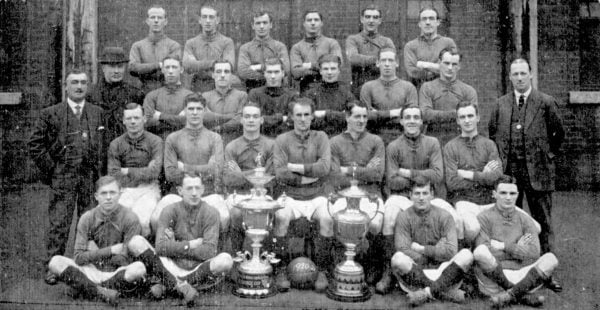
However they would be crowned ‘Untouchables’ by the press without their inspirational manager, David Ashworth, who had been unable to prevent Oldham from being relegated. It is indeed a curious case, but despite this he undoubtedly built the side that conquered all before them between 1921 and 1923, it would have been his blueprint that ensured the title would be retained despite his departure.
His contribution and achievements in the game were neatly summed up by the Athletic News, writing about his Anfield resignation:
“As a team-builder and manager he has been successful with all three clubs. It is not an exaggeration to say that he laid the foundation of Oldham Athletic and that the club has never been quite the same since he went away.
“He accomplished a great deal towards lifting the club into the First Division. In 1913 they ran into the semi-final stage of the Association Cup, and in 1914/15 they were within one point of Aston Villa, the champions of the league.
“To restore the Athletic to this rank will be a hard task, but David Ashworth has never been appalled by work, worry, or even a relatively small revenue. He was succeeded without paying £5,000 for a single player.
“He has an eye for raw material, and, in short, knows his work. Oldham Athletic are lucky to secure his co-operation once more.”
With hindsight, his decision seems ill-conceived, even reckless. Who knows what really motivated the move and who are we almost a century later to judge? All we can say with certainty is that Davie Ashworth was a manager of considerable talents, who created one of the greatest Liverpool teams Anfield has ever seen. And for that reason alone, he had earned the title of one of the men who made Liverpool.
* Additional photographs courtesy of the Wadsworth and Bromilow families.
The Men Who Made Liverpool
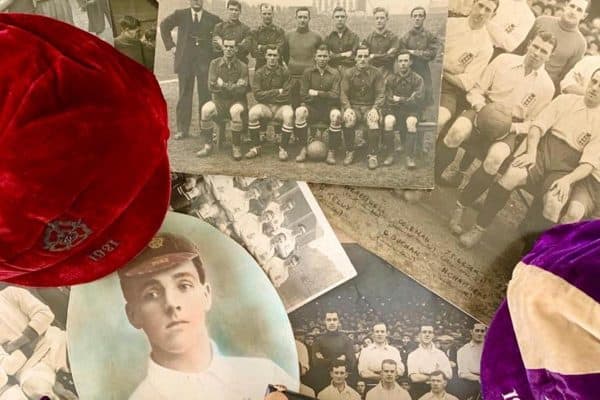
- ‘Honest’ John McKenna – The boy from Ireland who built an empire
- William Edward Barclay – The founding father whose life ended in tragedy
- Walter Wadsworth – Bootle’s fearless fighter, joker and skilful half-back
- George Patterson – The steady hand with an eye for talent
- Tom Bromilow – The superstar half-back they called an “artiste to the fingertips”
- Elisha Scott – The King who befriended the Kop
- Andrew Hannah, the ‘world champion’ who was LFC’s first captain
* Photo courtesy of the Bromilow family.

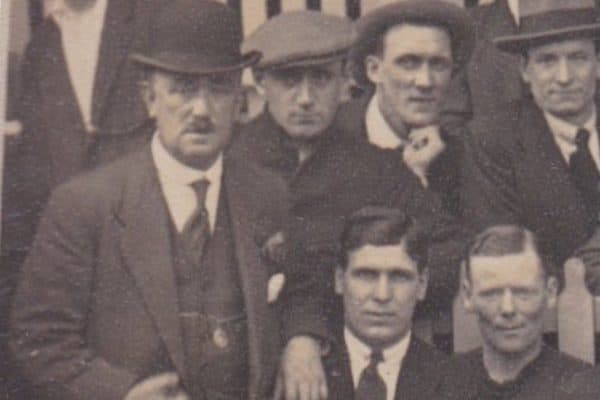


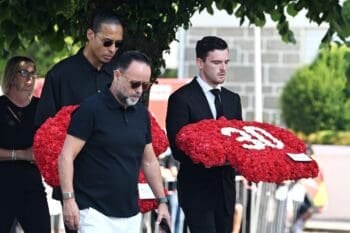
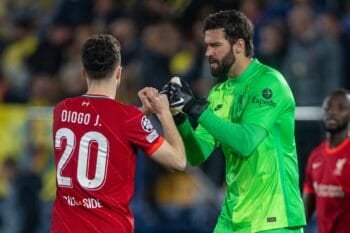
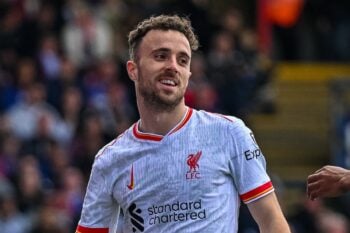
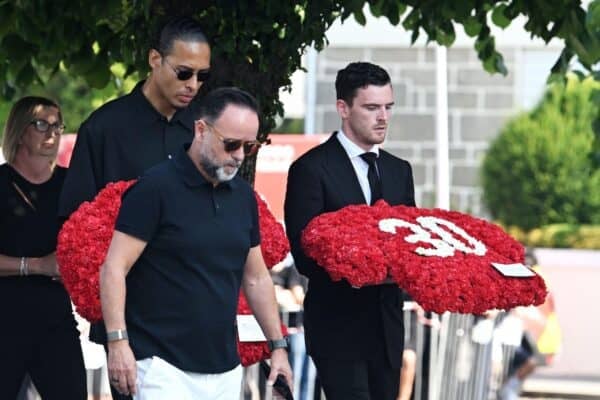
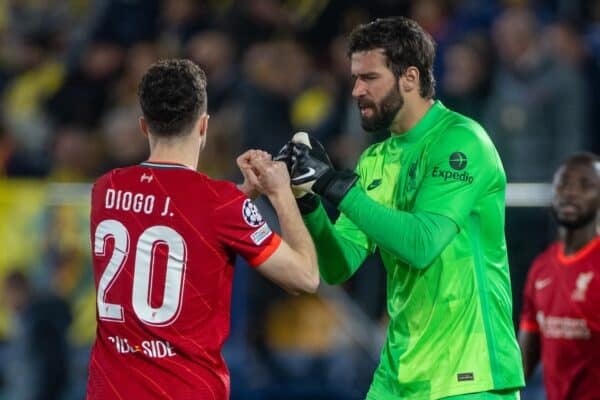
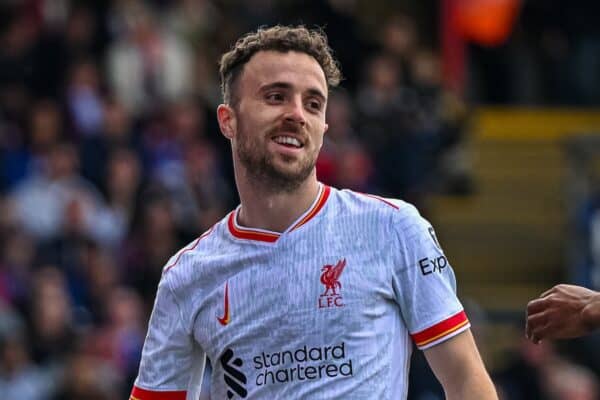
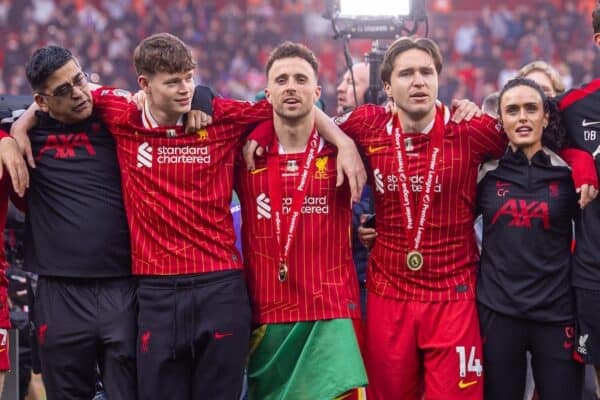
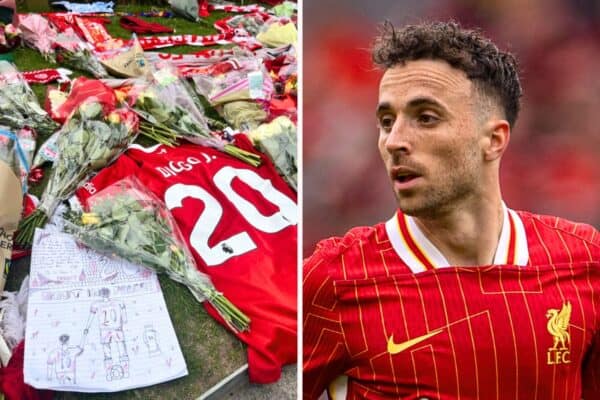


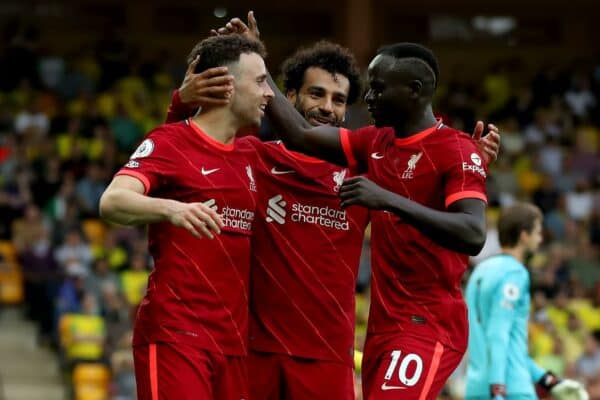



Fan Comments